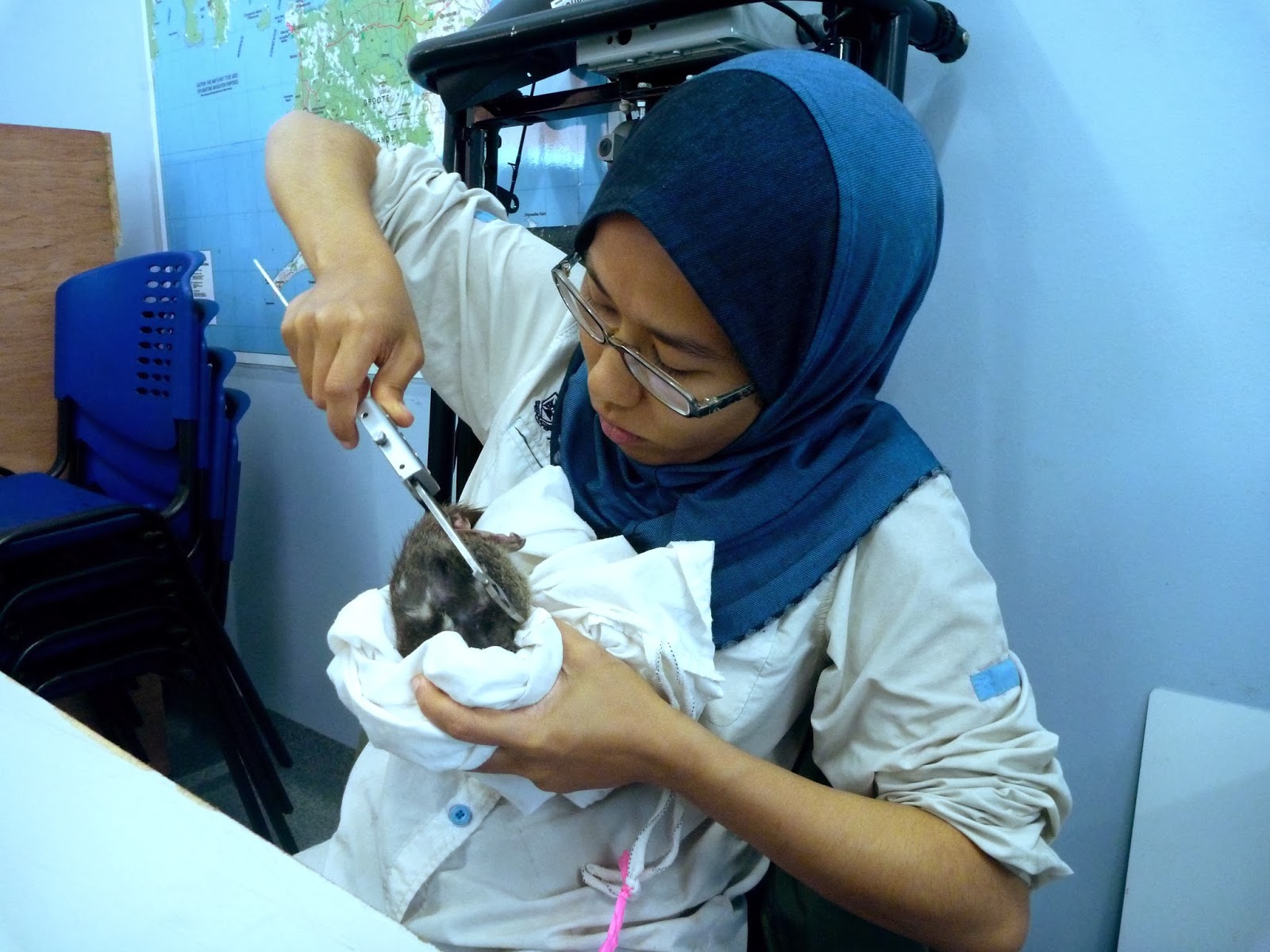If you thought turning 30 was bad, you're not going to like this.
We lose more than 0.5% of our muscle mass each year after 30, which decreases our ability to run, jump, swim and perform virtually any motor task. Age-related muscle loss (known as sarcopenia) increases our risk of dying due to injury and even illness, as the proteins in our muscles are a major source of fuel for our immune systems.
elderly sea gypsy weaves nets in Phuket, Thailand
|
Luckily, there's a simple solution to the problem: getting off the couch.
Exercise improves the efficiency of muscle metabolism and makes muscles more protein-dense, which helps slow ageing. We live longer, healthier lives.
Exercise improves the efficiency of muscle metabolism and makes muscles more protein-dense, which helps slow ageing. We live longer, healthier lives.
 |
| bike riding in Galle, Sri Lanka |
For humans, motor ageing affects the quality and length of life. But what about animals? In nature, motor function literally means life or death, as individuals have to escape predators and catch prey to survive. They also have to find mates to reproduce. They have to run over varied terrain, in the night or day, driving rain or blazing sun, with varied body sizes and shapes. Males may have dangling testicles, females may have dangling babies. And they have to do all this while avoiding catastrophic injury.
Last week, our research team - A/Prof Robbie Wilson, Dr Diana Fisher, Dr Hamish Campbell, Dr Celine Frere and me - got a major grant from the Australian Research Council to study a critical aspect of animal performance: how an animal's habitat affects its motor development and ageing.
 |
| well-endowed male antechinus |
What does habitat have to do with anything? We believe that within a species, individuals living in more-complex (i.e. rocky or diverse or steep) environments will have better motor function and slower motor ageing than those living in simpler (flat or unvaried) environments. This will help them live longer and produce more offspring.
Over the next 3 years, we'll be testing these ideas on small mammals - including quolls and antechinus - both in the wild and in captivity. At our field sites, we'll use GPS trackers to understand how animals use complex versus simple habitats, and how this affects their motor performance, ageing and mating. At our research facility, we'll raise animals in complex versus simple habitats to measure differences in performance, muscle physiology and mating success between environments and over lifetimes.
 |
| male antechinus |
Our study will show how habitat use affects motor performance and ageing in wild animals, which is key to their conservation. But more than that, we hope to shed light on a new way of thinking about motor rehabilitation. Over 50% of elderly people will experience debilitating muscle loss in their lifetimes, yet little is known about how the complexity of movement affects muscle quality.
So this is some of what we'll be doing these next few years! If you're interested in collaborating, volunteering or learning more, please get in touch - we'd love to hear from you. (amandacniehaus@gmail.com or a.niehaus@uq.edu.au)
*This post was originally published here.
*This post was originally published here.














.JPG)

